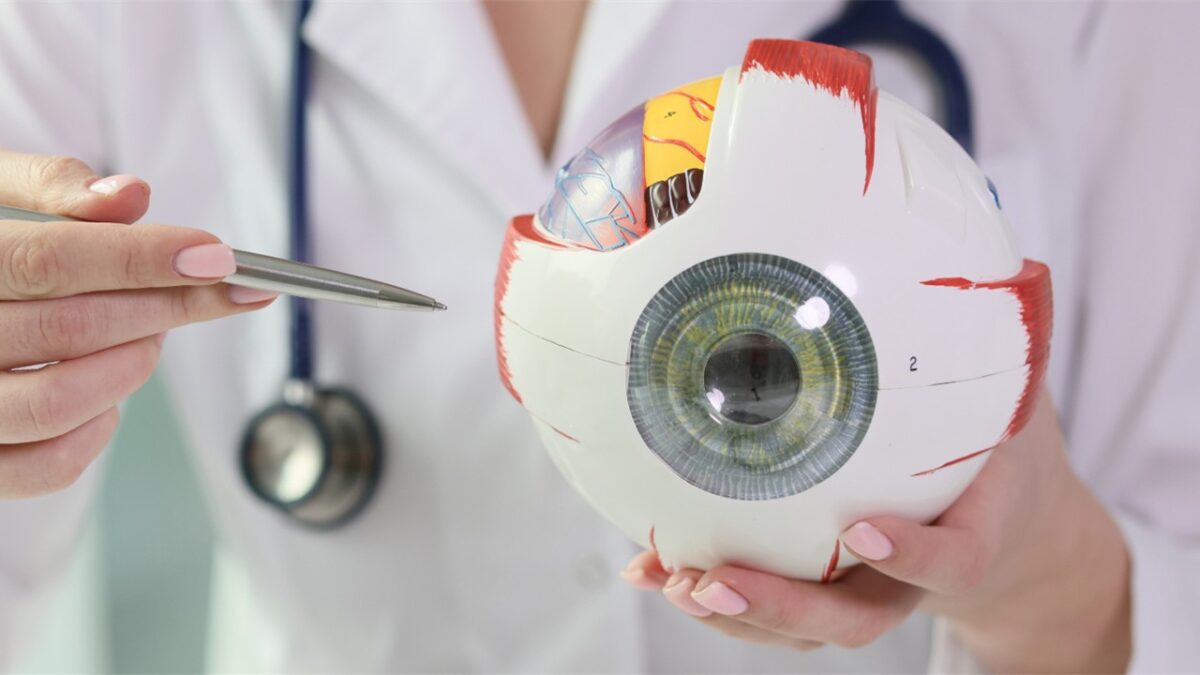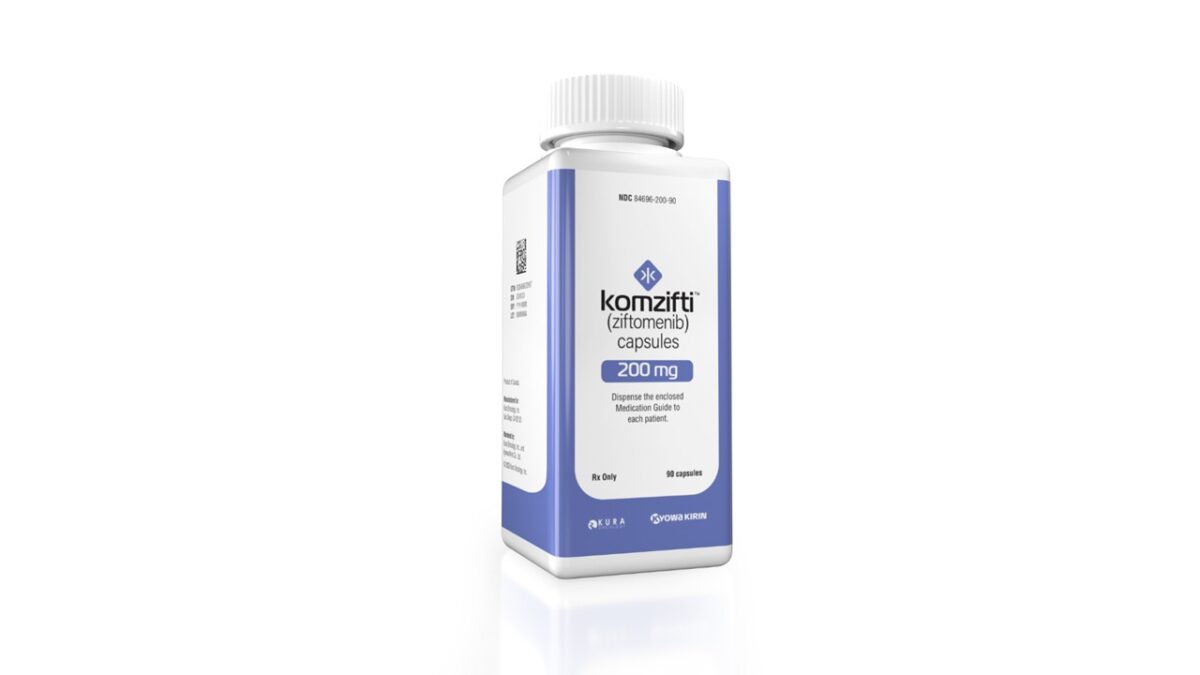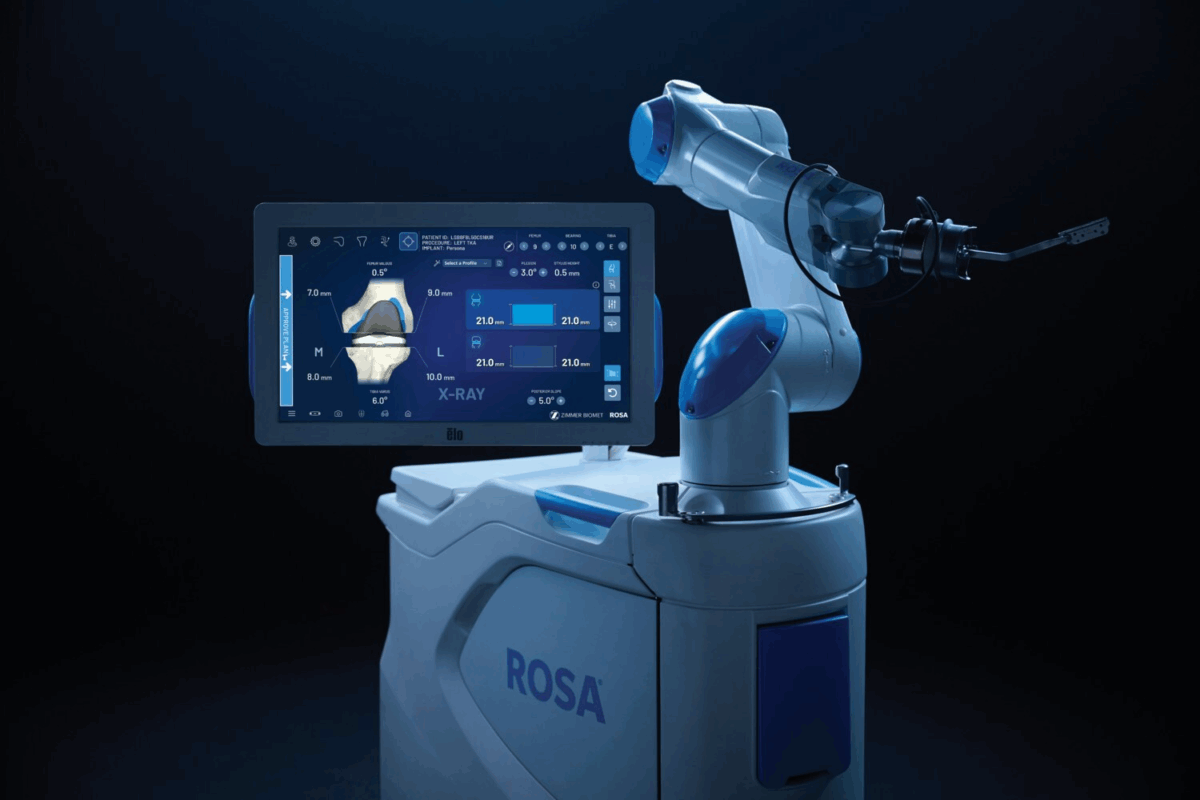A recent study has contributed further evidence that transposons – DNA elements capable of moving around the genome – could play a role in deteriorating health associated with advanced age. The research – published in the journal, Proceedings of the National Academy of Sciences – could aid development of life-extending treatments capable of counteracting the effects of transposons on health.
Previous studies have shown that the mechanisms which normally keep these transposons from migrating to other areas of the genome, namely the firmly wound structure of heterochromatin, deteriorate as we age. As the DNA structure in key areas begins to loosen, transposons are allowed to insert themselves into other genes, potentially disrupting their function and affecting health.
“In this report the big step forward is towards the possibility of a true causal relationship,” said Dr. Stephen Helfand, Brown University professor of biology and senior author of the study. “So far there have been associations and suggestions that to all of us make sense, but the difference in science is that you need the data to back up your opinion.”
Using green fluorescent protein (GFP) as a marker, the researchers were able to study the movement of transposons in the genome of Drosophila fruit flies. As the flies aged, Helfand and his colleagues noted an increase in transposon activity.
Interesting, the transposon activity did not increase linearly as the flies aged; transposon movement throughout the genome was at its peak as the flies began to die. “Flies reach a certain age and then it takes off more exponentially,” commented Dr. Jason Wood, faculty investigator on the project.
In another experiment, the research team found that feeding the flies a low-calorie diet was able to significantly delay the point at which transposon activity began to increase. Dietary changes have already been shown to be successful interventions at prolonging lifespan.
Helfand and his team also manipulated genes known to regulate DNA structure and organization into heterochromatin, which are conserved in both Drosophila and humans. The researchers found that upregulation of the gene Su(var)3-9 – a gene which induces DNA to form a heterochromatic structure – extended the flies’ lifespan by 20 days.
Despite the evidence provided by the multiple experiments performed in this study, the researchers are hesitant to declare causation between transposon activity and aging-related health problems. “They make a strong story,” said Helfand. “We’re starting to put the flesh on the skeleton.”
Instead, co-author Wood speculates that transposons are likely just one piece of a complex aging puzzle. “There are lots of potential mechanisms that influence the aging process,” said Wood. “There are a lot of things going on, but we think this is one of them.”












Join or login to leave a comment
JOIN LOGIN